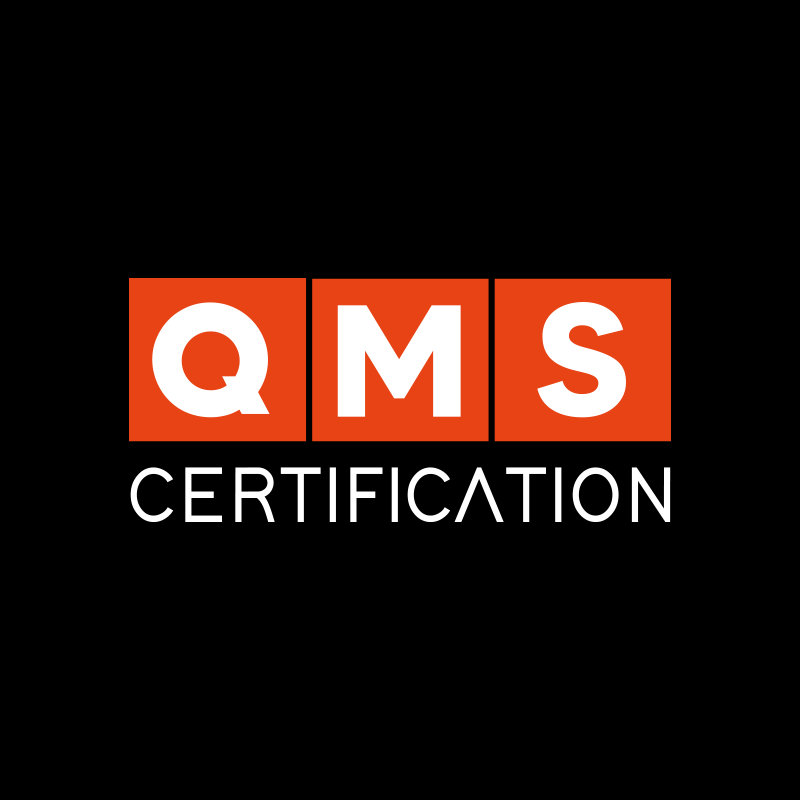Failing to involve workers in ISO 45001:2018 is a mistake that can be very costly for companies. Starting with the lack of compliance and difficulty maintaining certification, since the standard requires, for example, consultation and participation of this interested party.
In addition, lack of involvement can lead to demotivation and disengagement from occupational health and safety management system (OHSMS) practices. In practice, people not only stop prioritizing safety but also feel more insecure. This reduces engagement and, consequently, overall productivity.
Lastly, important improvement opportunities are lost, and risks go unidentified and unmanaged. The result is a company with more injuries and workplace accidents, increasing medical leave, health-related costs, and absenteeism significantly.
That’s why in today’s content, we’ll discuss workers in ISO 45001:2018 and why this is important. We’ll also clarify the difference between consultation and participation, helping you meet the standard more effectively! Let’s go?
Also read:Understanding “Context of the Organization” ISO 45001:2018
Workers in ISO 45001:2018
The entire ISO 45001:2018 standard directly impacts workers’ health and safety, as its goal is to create a safe environment that protects people and ensures their well-being and physical integrity.
Therefore, we can say that the main interested party in the standard is precisely the worker, which is why they must participate and be active in the OHSMS. And ISO 45001 makes this very clear in clause “5.4 Worker consultation and participation.” For this reason, the organization must have effective processes in place to consult and allow worker participation.
This mechanism has very clear objectives. First, to ensure that workers (the main stakeholders involved in carrying out processes) are engaged in identifying hazards, assessing risks and opportunities, since they have the most knowledge about these processes. In addition, this clause aims to include workers in decisions that affect their health and safety, as they are and will be the most impacted.
In summary, using a well-known sports expression: the rule is clear! It’s not enough to just inform or consult workers—you must truly involve them! Which leads us to an important distinction. Let’s see.
Difference Between Consultation and Participation in ISO 45001:2018
In a summarized and simplified way, we can say that “Consultation” means listening to workers, while “Participation” refers to allowing them to influence decisions related to the OHSMS and safety processes.
In consultation, for example, the company must conduct surveys before making decisions, and can also carry out one-off actions if necessary. But, of course, it’s also necessary to maintain constant and direct communication channels with workers, making it possible for them to express opinions, identify risks and opportunities, and contribute insights on the OHSMS at any time.
Participation, however, means involving workers directly in the company’s decisions and actions, ensuring that they work together to establish, maintain, and improve health and safety in the organization. This is a more continuous and systematic process that must be carried out with more planning and frequency.
Together, consultation and participation ensure greater involvement of workers in ISO 45001:2018, by providing open communication channels and enabling them to have real influence and decision-making power within the OHSMS and organizational processes.
Worker Engagement in Occupational Health and Safety
It’s also important to say that worker engagement in ISO 45001:2018 goes far beyond consultation and participation, as well as beyond the documentation requirement. The standard is based on the principle that a truly robust and effective OHSMS is only possible with engaged people.
Therefore, workers must be truly aware of risks and their role in prevention. This is only possible through awareness initiatives, and by creating an environment where they feel safe to report hazards and suggest improvements without fear of retaliation.
They need to receive effective training, regular refreshers, and awareness campaigns that don’t simply “check a box,” but actually develop skills and a risk mindset that help prevent accidents and improve health and safety. This also involves the critical need for active and proactive leadership—leaders who listen, support, set the example, and act to prevent accidents.
OHSMS: Real Positive Impact on People’s Lives and Organizational Productivity
When a company genuinely focuses on its workers in ISO 45001:2018 and aims to implement a true occupational health and safety management system, the positive results and impacts are remarkable!
In the short term, the number of occupational accidents and illnesses drops significantly, productivity increases, and absenteeism and employee turnover are reduced.
In the medium and long term, the organizational climate improves substantially, becoming healthier, safer, and even more pleasant. This reflects in increased trust and motivation from workers, who feel more valued and important in their roles and within the company as a whole. As a result, the company is viewed more positively in the market, workers become more productive, and even act as promoters of their workplace.
All this, of course, while also reducing potential fines, shutdowns, and legal claims. After all, the standard requires that the company identify and comply with legal requirements relevant to its operations. This helps ensure legal compliance and strengthens protection in risk situations.
Therefore, consultation and participation of workers—as well as the standard as a whole—are much more than a document, regulatory requirement, or legal tool. ISO 45001:2018 is a living commitment to preserving life, where every voice heard and every safe action contributes, day by day, to a real and shared culture of care!










